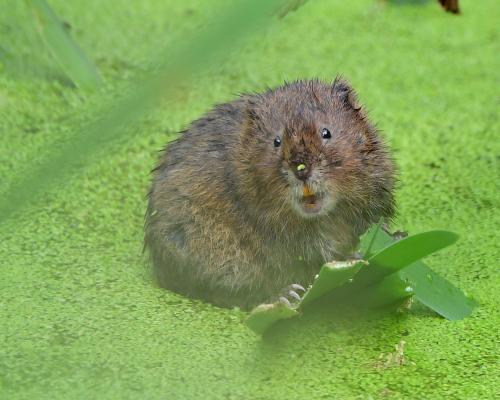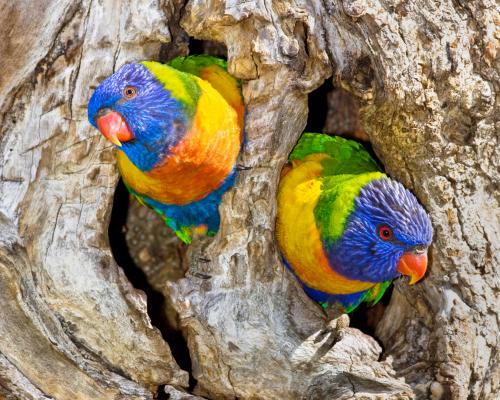
England needs a massive “collective endeavour” to halt the country’s nature decline, its top conservation official says, after multimillion-pound investments in nature helped dormice, voles, willow tits and other species thrive.
Targeted conservation projects led by Natural England as part of its £13m species recovery programme’s capital grants scheme, have supported the recovery of 150 species, according to findings published on Wednesday.
As part of the work, conservationists relocated more than 15,000 individual animals and plants to expand species’ territories, and bred more than 12,000 individual invertebrates, mammals and birds in captivity for release into the wild.
According to Natural England, rare species have returned to areas they have not been seen in for generations.
In Hastings, East Sussex, the rare hawksbeard mining bee was discovered for the first time in a century buzzing between blooms in newly created wildflower meadows. In Northamptonshire, Cheshire, Nottinghamshire and Warwickshire, projects created new wetlands, ponds and bankside habitats for water voles, including 420 that were captive-bred and released to help increase population numbers.
In Kent, a chough chick hatched for the first time in 200 years thanks to an extensive captive breeding programme and supervised release. In total, projects have created or enhanced over 2,400 hectares (5,930 acres) of wildlife-rich habitat, Natural England said.
The agency is holding a celebration event on Wednesday at Brandon Marsh in Warwickshire, where the once rare Eurasian bittern is making a recovery with the help of a new habitat of deep pools and reedbeds created as part of the species recovery programme.
In a keynote speech hailing the success of the programme, Natural England’s chair, Tony Juniper, will say the successes show what is possible with a “joined up, collaborative approach” to conservation. “We know we can turn round species decline and improve ecosystems with the right targeted actions, the drive and the funding,” he is expected to say.
“But time is running out fast – turning round nature’s decline needs to be a collective endeavour, so this is not just the preserve of dedicated specialists. Nature recovery work needs more projects, more volunteers and more money to flow from all sources, particularly the private sector. It will also need to go hand in hand with improved environmental quality, including through reduced pollution.”
Centuries of industrialisation and intensive agricultural practices have left the UK one of the world’s most nature-depleted countries, with thousands of once endemic species no longer to be found, and thousands more on the brink of extinction.
Similar processes now accelerating around the globe have led to ecologists warning the world is on the brink of ecosystem collapse, with urgent action needed to reverse course.
To support this crucial work in the UK, Natural England is publishing a threatened species recovery actions guide, which will address the needs of more than 1,000 of England’s most threatened species. Natural England plans to extend the species recovery programme for up to four years to act on its recommendations.
The agency is calling for mass participation from the public. Already, more than 80,000 people have taken part in 465 educational events and activities, and volunteers contributed nearly 100,000 hours of conservation work worth over £1m.
“The publication of the government’s revised environmental improvement plan in the autumn will be a key moment,” Juniper will say.
“We will need to see increased ambition on species recovery, particularly looking at what can be done on some of our lost species. In the coming years, habitat management and creation alongside species reintroductions could be a real gamechanger for the health of ecosystems and help us achieve the country’s legally binding targets.”







